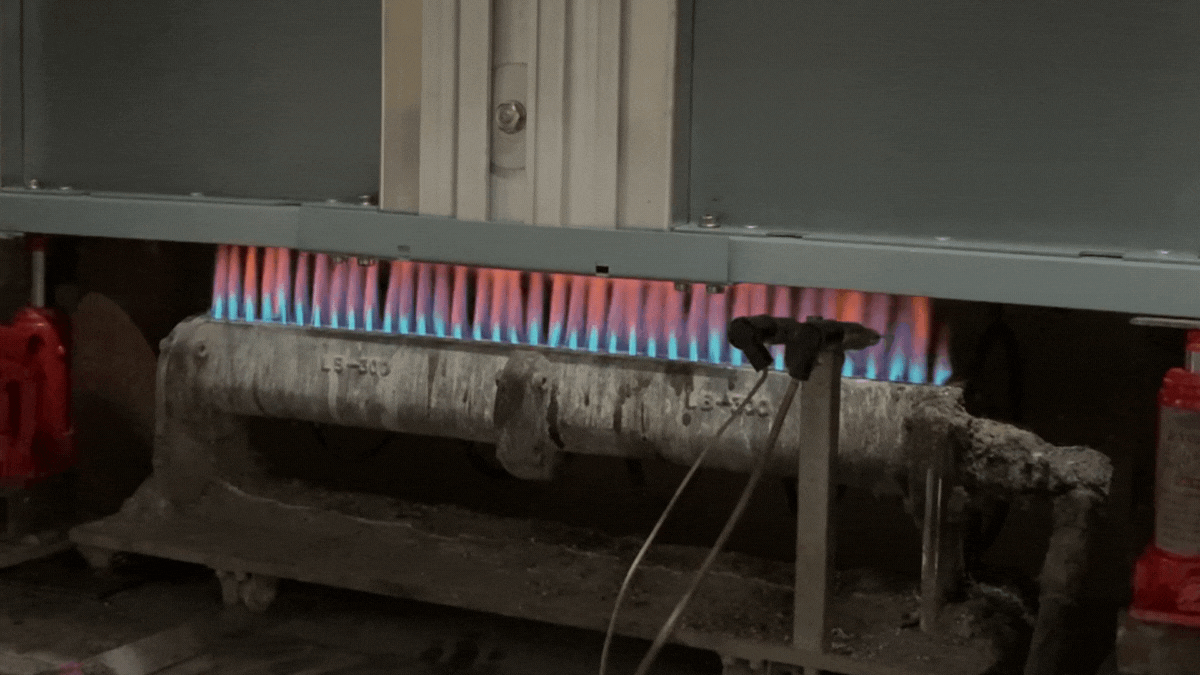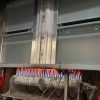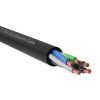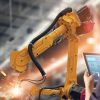BS6387 – All you need to know about British fire performance test
What is a fire performance test?
Busbar trunking systems are used throughout buildings such as hospitals, schools, shopping centres, stadiums and high-rise buildings, supplying electricity to critical systems such as emergency lighting, fire alarms, computer systems and voice evacuation controls. All these evacuation and communication systems require electrical power and control circuitry to remain fully functional throughout a potentially serious fire that could rage for many hours. Therefore, it is vital that power supplies remain intact for a sufficient period to help occupants vacate the building as quickly as possible and to assist the fire brigade in tackling the fire.
There are several different fire performance tests. The purpose of the test is to verify that the busbar will continue to maintain electrical continuity or functionality for a defined period of time in a simulated fire condition. These busbar trunking systems are used to provide power to fire survival equipment, fire alarms and emergency lighting etc.
”At Tai Sin, we adopted BS6387 test, and applied it to our Busbar Trunking System.
The first fire resistance test for Busar Trunking System in Singapore
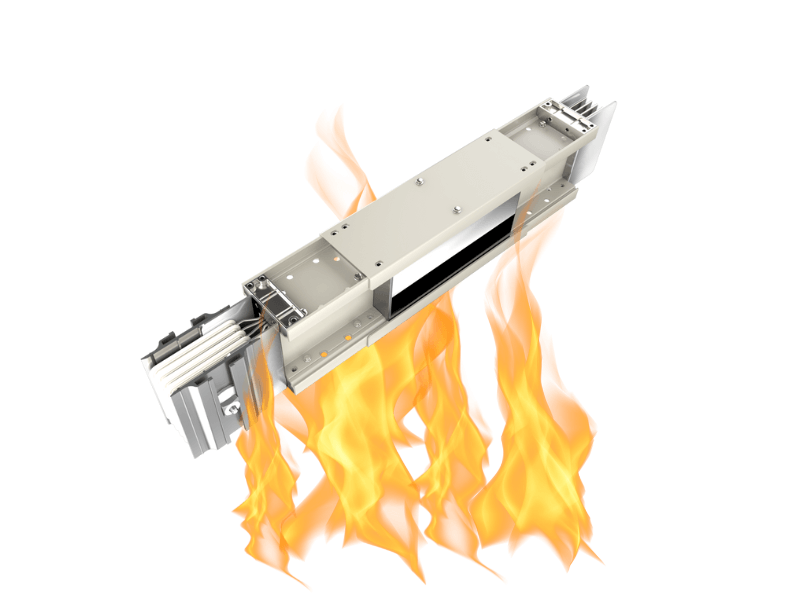
What is BS6387 - British fire performance test?
Toughest tests prevail as British Standards streamline testing method.
BS6387 is a long-established British Standard that defines methods for testing an electrical distribution product’s resistance to fire for cable. The cable needs to maintain circuit integrity under specific fire conditions, meaning it must not short circuit, stop working, nor suffer loss of continuity. The previous edition of the BS6387 standard was published in 1994 (known as BS6387:1994) and detailed eight fire performance categories that the busbar could be tested against.
On December 31st 2013, a full revision of the standard was published, BS6387:2013, and it now retains only the three most stringent categories for the fire-resistant characteristics of the busbar – the three toughest tests to pass!
| Protocol | Description | Temperature of Attack | Duration |
| C – resistance to fire alone
(Clause 6) |
Fire alone test at the highest temperature for the longest time | 950°C ±40°C | 3 hours |
| W – resistance to fire with water (Clause 7) | Fire and water test simulating a sprinkler system | 650°C ±40°C | 15 minutes fire plus 15 minutes sprinkler |
| Z – resistance to fire with mechanical shock (Clause 68) | Fire test with indirect mechanical shock | 950°C ±40°C | 15 minutes fire plus impact every 30 seconds |
The first and only fire resistance test for Busar Trunking System in Singapore
For essential /emergency life safety circuits, which supply power to firefighting equipment, the circuit integrity shall be maintained in the event of fire. Our fire-rated Busbar Trunking Systems are verified & tested to BS6387:2013 in Singapore.
Tai Sin Busbar Trunking System’s specifications comply to test requirements as specified in clause 6, Resistance to fire alone Protocol C, of BS 6387:2013.
BS 6387:2013 Fire Resistance is performed with the specimen under test being suspended above a flame, the temperature of which is maintained at 950°C ±40oC for 3 hours. During this period the busbar and junction box is supplied with power. In order to pass the test, both components must be fully functioning after the period has elapsed.
